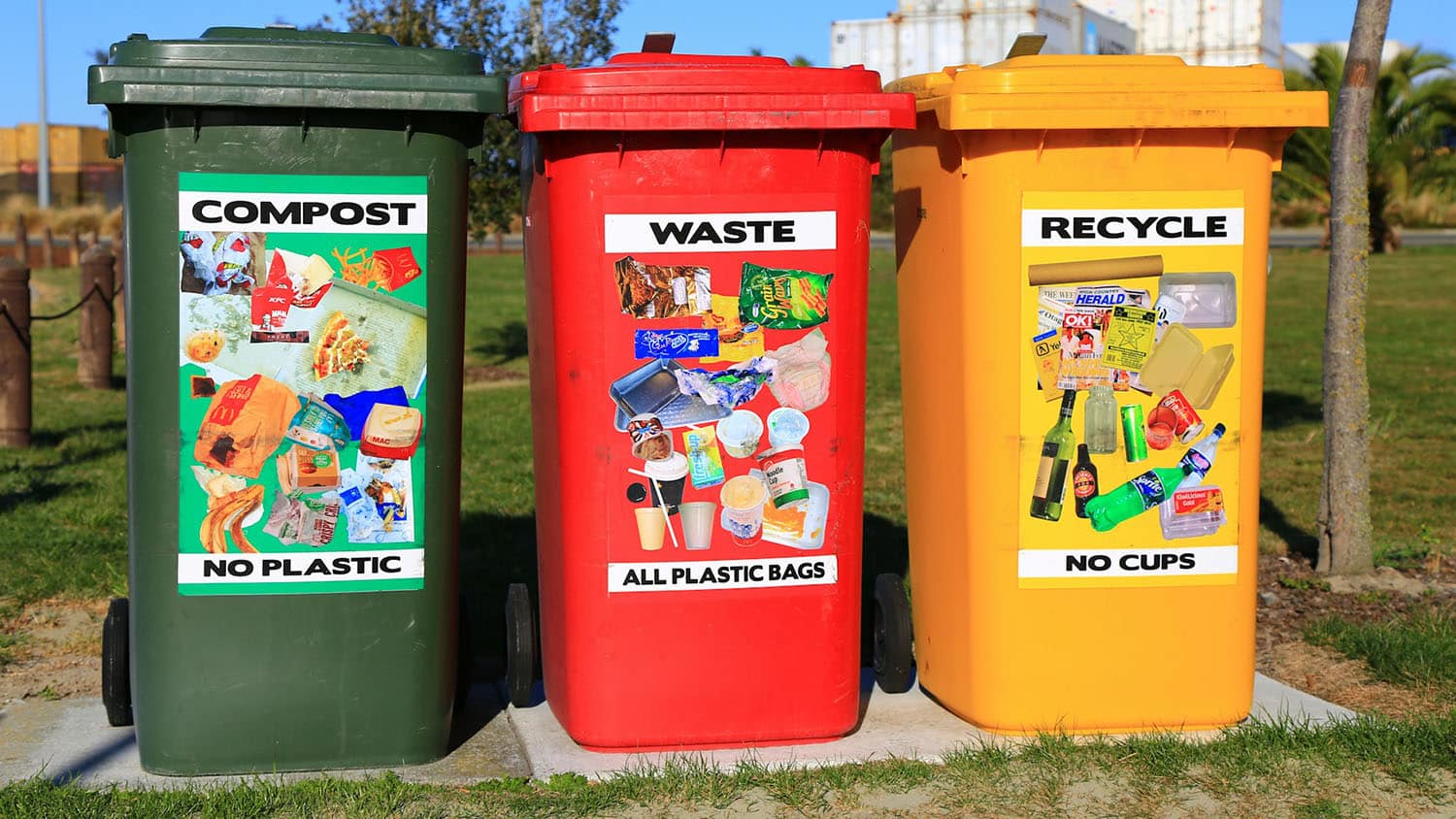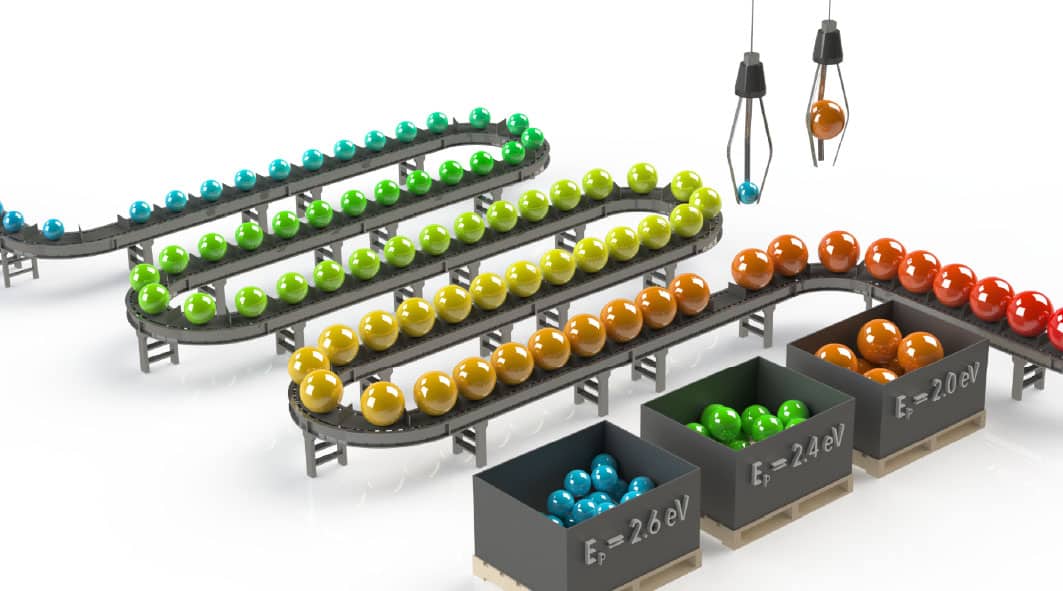New Research Improves Predictions for Solid Waste Management

For Immediate Release
A new approach for predicting the contents of municipal solid waste can help improve the efficiency of recycling and landfill operations. The new method applies a conventional approach to forecasting how many total tons of solid waste will be generated at the county level and incorporates a separate, complimentary model that predicts the makeup of the waste with an unprecedented level of detail.
“The effect of our new approach is that solid waste managers can forecast a detailed breakdown of the different materials that will make up the waste stream in addition to the overall tonnage of waste they might expect in the coming year,” says Adolfo Escobedo, co-author of a paper on the work and an associate professor in North Carolina State University’s Edward P. Fitts Department of Industrial and Systems Engineering.
“The diverse materials that end up in the waste stream are managed differently, particularly when attempting to implement a sustainable operation,” says Joshua Grassel, corresponding author of the paper and a Ph.D. student in the operations research graduate program at NC State. “It’s useful for managers to have a good idea of what sorts of materials they’ll be getting, and in what amounts, so that they can plan for how to process those materials. Some things can be recycled, some can be composted, and so on. Different types of infrastructure are required to process the array of materials, and proper planning is critical for making sustainable waste management a practical reality.”
Historically, waste managers have relied on simple models for forecasting the overall tonnage of solid waste that will be produced each year at the county level. But attempts to predict the composition of that waste have been somewhat limited, with few models attempting to break the overall waste stream down in any significant detail.
“One of the problems that previous modeling attempts ran into was that they were trying to predict the amount of each material present in the waste stream directly,” Escobedo says. “In other words, they were trying to predict how many tons there would be of each category of waste. This was challenging, even when evaluating only a limited number of categories. We took a different approach, adopting a two-phased strategy.”
Specifically, the researchers tailored a model to focus on solid waste composition by evaluating what proportion of the waste would fall under each waste category. The end result is capable of estimating municipal solid waste composition across 43 comprehensive material categories, ranging from aluminum cans to food waste.
Users can then couple the outputs from the waste composition model with predictions of total solid waste from well-established techniques.
“For example, if the model for waste tonnage predicts there will be 1,000 tons of solid waste, and the composition model predicts that 25% of the waste will be food waste, you end up with a prediction of 250 tons of food waste,” Grassel says.
“In addition to providing new insights for waste managers, this is a significant advance because there had previously been no central repository of data on waste compositions,” Escobedo says. “Lack of easy access to data has hampered efforts to develop robust solid waste forecasting tools. So a secondary, supplementary contribution here has been to compile this data and make it publicly available. It was certainly valuable in developing our modeling toolkit, and we’re optimistic it will facilitate additional work by other researchers in the field.”
To validate their approach, the researchers ran three case studies using real-world data.
“The results are promising – we certainly established proof-of-concept for this approach to solid waste forecasting,” Grassel says.
“However, we also know there is substantial room for improvement. We are already working with colleagues to incorporate more nuanced statistical modeling techniques to this framework – and are receptive to collaboration opportunities,” Escobedo says.
The paper, “Predicting the Composition of Solid Waste at the County Scale,” is published in the journal Waste Management. The paper was co-authored by Rajesh Buch of Arizona State University (ASU). The authors wish to acknowledge the Arizona Board of Regents for partially funding the work as part of project TRIF: Supporting and Increasing Recycling Around Arizona. They also acknowledge the other contributing members of the project team at ASU (Jen Clifton, Kazi Wahadul Hassan, Teja Phani Kumar Kadimi, Pitu Mirchandani, and Nivedita Rengarajan), at Northern Arizona University (Darren Bingham and Richard Rushforth), and at the Arizona Department of Environmental Quality (J.B. Shaw).
-shipman-
Note to Editors: The study abstract follows.
“Predicting the Composition of Solid Waste at the County Scale”
Authors: Joshua T. Grassel and Adolfo R. Escobedo, North Carolina State University; and Rajesh Buch, Arizona State University
Published: Dec. 17, 2024, Waste Management
DOI: 10.1016/j.wasman.2024.12.002
Abstract: The primary goals of this paper are to facilitate data-driven decision making in solid waste management (SWM) and to support the transition towards a circular economy, by providing estimates of the composition and quantity of waste. To that end, it introduces a novel two-phase strategy for predicting municipal solid waste (MSW). The first phase predicts the waste composition, the second phase predicts the total quantity, and the two predictions are combined to give a comprehensive waste estimate. This novel approach overcomes limitations of existing methods that rely on material-specific quantity data, facilitating the prediction of dozens of waste material streams; existing methods typically classify MSW into no more than 10 categories, and often reduce it to a single aggregate total. To implement this strategy, the proposed study utilizes publicly available data encompassing demographic, economic, and spatial predictors, in conjunction with waste sampling reports. In addition, it develops a Least Absolute Shrinkage and Selection Operator (LASSO) regression model to estimate the MSW composition across 43 comprehensive material categories. The LASSO model is designed to predict MSW composition distinctly from quantity. The model’s capability is demonstrated through case studies, showcasing its potential to provide detailed waste estimates at the U.S. county level.


